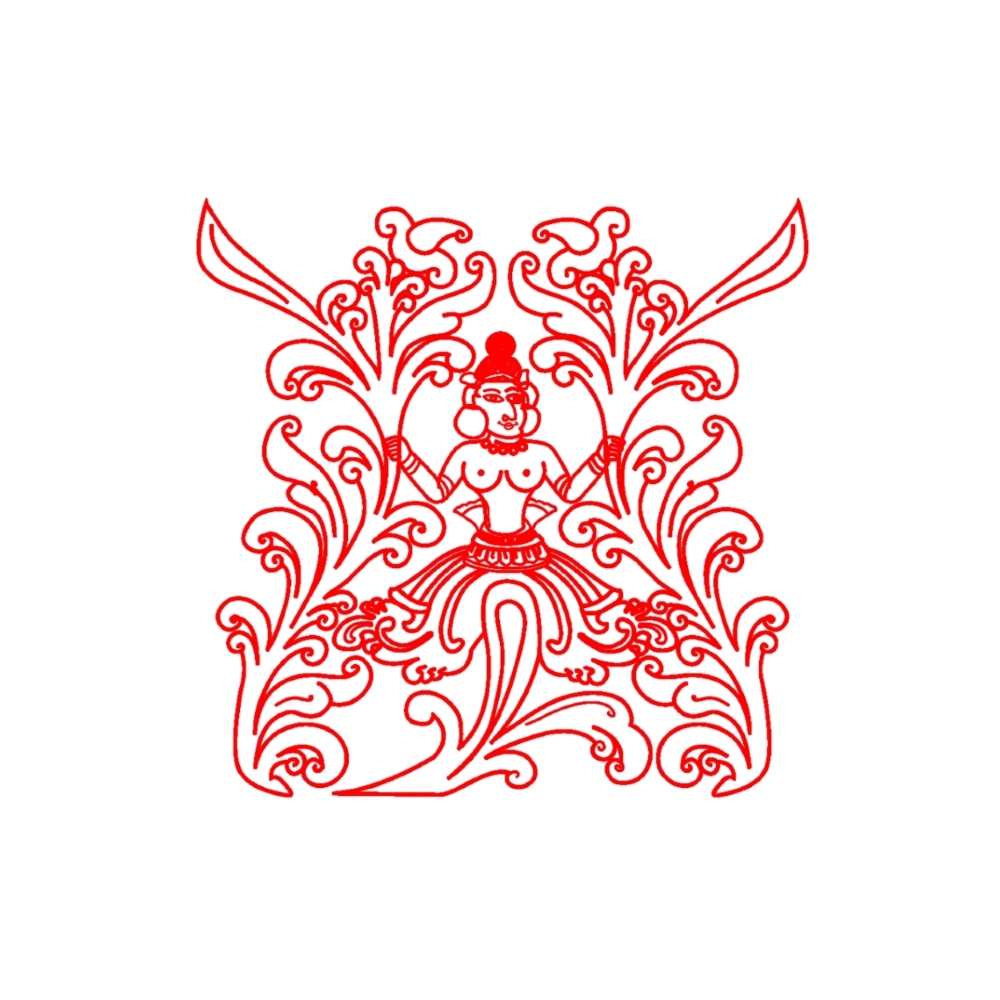Sri Lanka has a documented history of over 2,000 years, mainly due to ancient historic scriptures like the Mahawamsa, and with the first stone objects dating back to 500,000 BC.
The culture of Sri Lanka mixes modern elements with traditional aspects and is known for its regional diversity. Sri Lankan culture has long been influenced by the heritage of Theravada Buddhism passed on from India, and the religion’s legacy is particularly strong in Sri Lanka’s southern and central regions. South Indian cultural influences are especially pronounced in the northernmost reaches of the country.
The history of colonial occupation has also left a mark on Sri Lanka’s identity, with Portuguese, Dutch, and British elements having intermingled with various traditional facets of Sri Lankan culture. Culturally, Sri Lanka, particularly the Sinhalese people, possesses strong links to both India and Southeast Asia.
The country has a rich artistic tradition, with distinct creative forms that encompass music, dance, and the visual arts. Sri Lankan culture is internationally associated with cricket, a distinct cuisine, an indigenous holistic medicine practice, religious iconography such as the Buddhist flag, and exports such as tea, cinnamon, and gemstones, as well as a robust tourism industry.
Sri Lanka has longstanding ties with the Indian subcontinent that can be traced back to prehistory. Sri Lanka’s population is predominantly Sinhalese with sizable Sri Lankan Tamil, Indian Tamil and Sri Lankan Moor (who trace their ancestry to Arab traders who settled in Sri Lanka in waves beginning from the 8th century) minorities.
Smaller ethnic groups who still maintain their cultures include the Burghers (descendants of the European colonial powers), the Malays (mercenaries and migrants from Malaysia and the Indonesian archipelago) and Parsis (refugees from the Islamic armies, under the first Caliphs after they invaded Persia).
